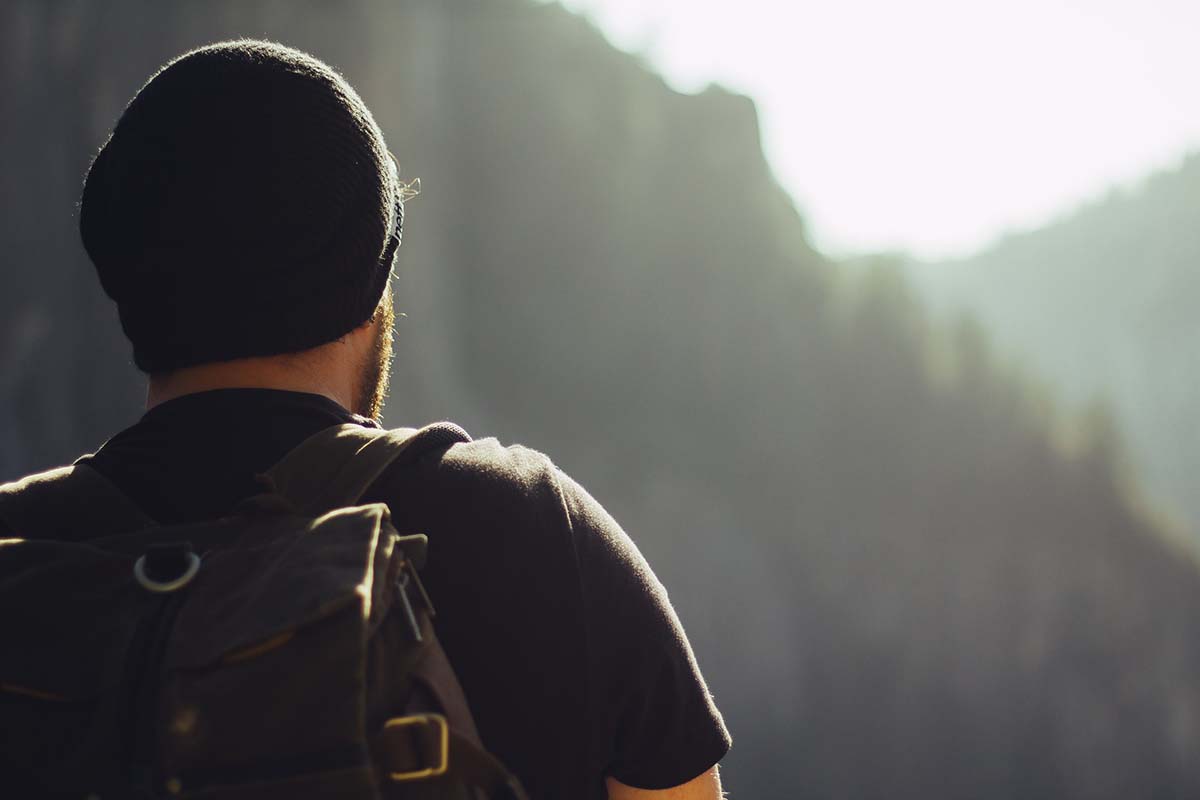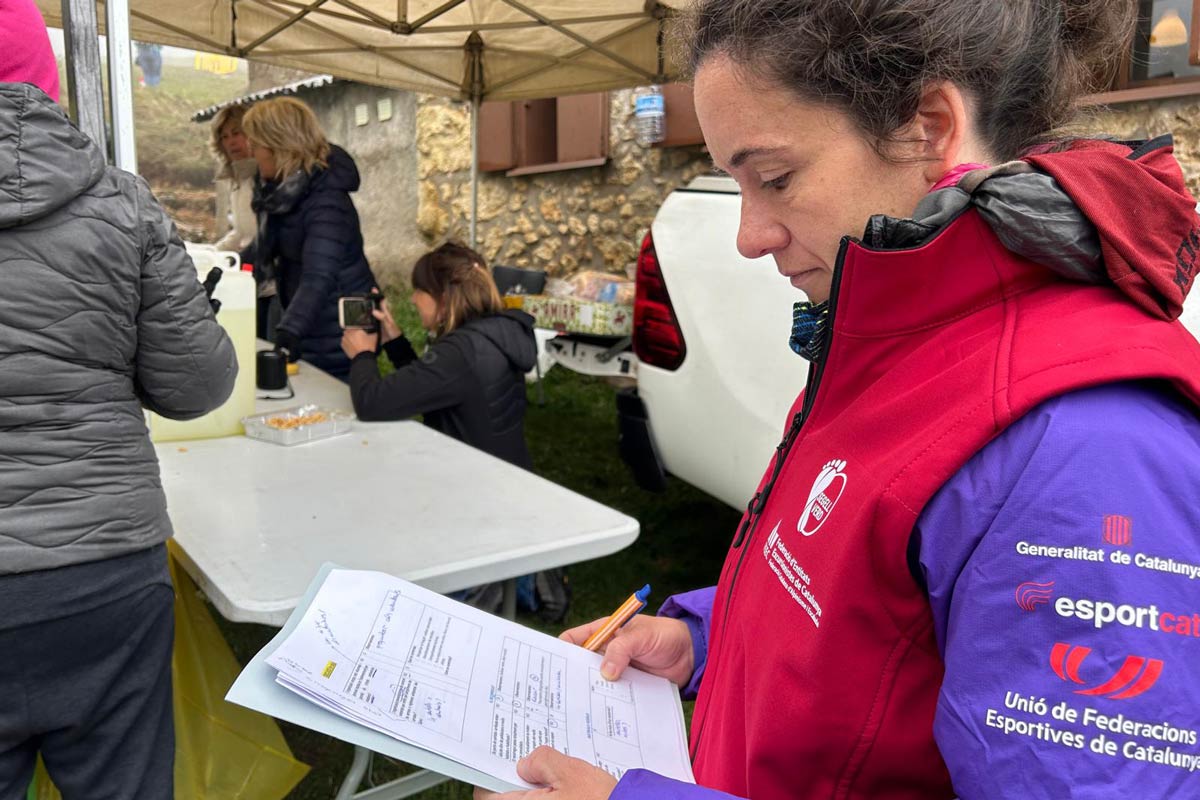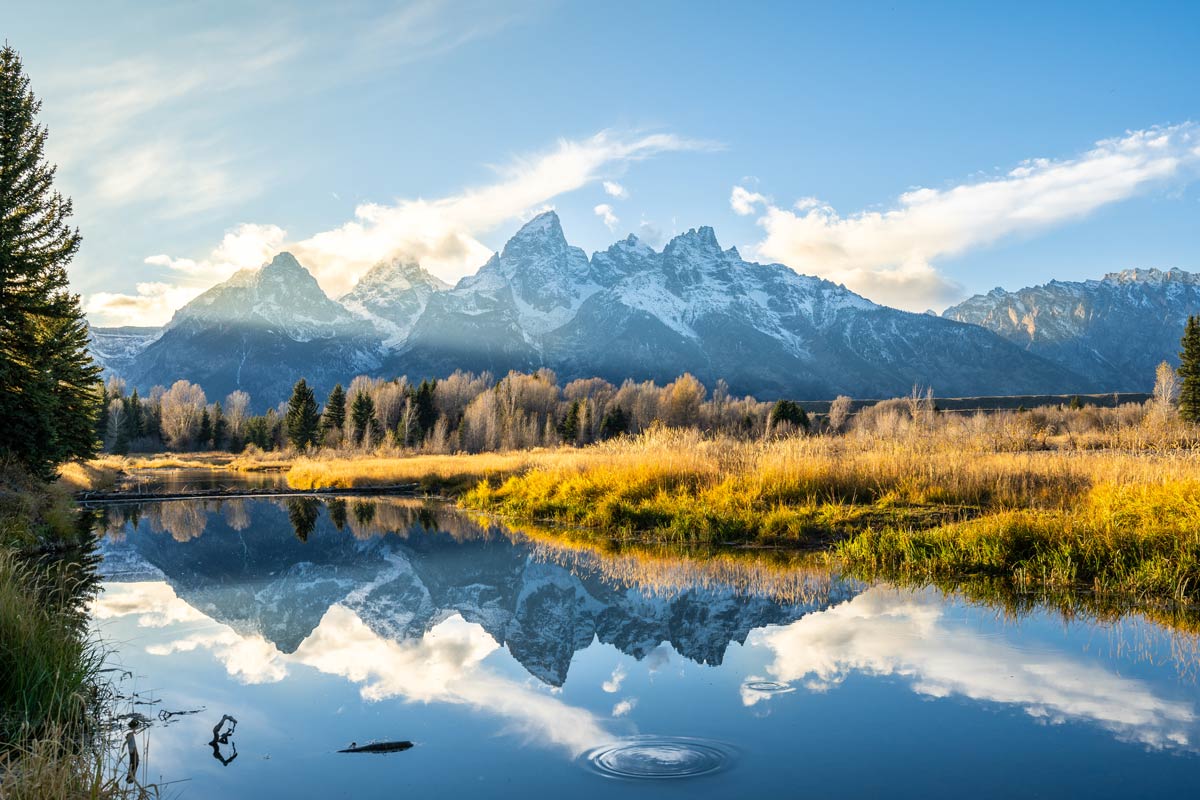Our latest UIAA MedCom advice article focuses on a less technical, less high-altitude related subject. Instead it is directed at general suggestions designed to guide those who are unfamiliar or less experienced with mountain terrain and who wish to hike or climb. This information is published in the UIAA MedCom paper No: 1: 4×4 Health Rules for Mountaineers.
The paper is available in English, Chinese, Czech, German, Italian, Japanese, Persian, Polish, Russian and Spanish.
Before departure to mountains
- Adapt your goals and level of activities to your actual health condition and actual degree of fitness. Be honest with yourself.
- Any chronic diseases should be optimally treated. Ensure an adequate supply of regularly used drugs sufficient for the whole expedition and carry a spare supply in case of loss.
- If in doubt about your health, consult a physician.
- Provide any appropriate personal medical equipment and learn to use it before departure to the mountains. Arrange your travel and health insurance according to planned activities.
Before departure on the tour
- Seek out the local weather forecast, local advice about routes and optimize the tour to actual weather conditions and time limits.
- Register your tour or climb before departure somewhere – i.e. trip destination, route and expected return time.
- Don’t forget basic equipment – sufficient food and drink, some spare clothing, basic equipment for emergency situation, first aid kit, sun glasses, cap/hat
- Make note of the local telephone numbers of rescue services.
During the tour
- Go slowly for the first 30 minutes of the tour in order to allow the body to warm up slowly.
- Res, eat and drink if possible every 2 -3 hours. You should eat a little and drink plenty, even if you are not hungry or thirsty. Consume a diet rich in complex carbohydrates (biscuits, granola bar, power bar etc.). Do not drink alcohol before you have finished your day in the mountains.
- Children and seniors have less physical reserves than adults; they need to rest, drink, and eat more often compared to adults.
- Above 2,500m if terrain allows it, and certainly above 3,000m, don’t increase sleeping altitude by not more than 300 – 500 altitude meters every 24 hours. Additionally, spend an extra night at the same altitude every third day of climbing. And if possible, do not sleep at the highest point reached on that day.
When something happens
- In case of deterioration of the weather, descend from summits and ridges, leave via ferrata, high trees or power line poles in the storm. Don’t shelter in small caves or under overhangs.
- Injured or ill people should not be left alone (Note: language barrier is a risk factor! The person who stays with the patient should speak his/her language). Finish necessary treatment on patient, protect him/her against further cooling out, and in major cases call for help.
- If somebody doesn’t feel well at any point or time of the trip think early (!) about how to descend (return). If you are ill at altitude, your symptoms are due to the altitude until proven otherwise. Don’t climb higher, or, if you are feeling very ill or are getting worse, descend immediately.
- Keep an eye out for your actual position on the map or use GPS navigation. Knowledge of your correct position will help to locate you quickly in case of emergency and rescue.
Further Reading
This article is the latest in our Series exploring the UIAA MedCom’s extensive and essential archive of high-altitude recommendations.
Already published:
#1 Nutritional considerations in mountaineering
#2 Children at Altitude
#3 Mountain activities for people with pre-existing cardiovascular conditions
#4 Avoiding the perils of Kilimanjaro
#5 What you need to know about water disinfection in the mountains
#6 Advice for Gap Year Explorers. How to Check The Quality of a Commercially Organised Trek or Expedition
#7 Dealing with Eye Problems in Expeditions
#8 A Guide on When and How to Use Portable Hyperbaric Chambers
History of this advice statement
The first edition was written in 1994, formerly entitled “The 10 health rules for mountaineers”. At the UIAA MedCom Meeting at Snowdonia in 2006 the commission decided to update all their recommendations. The version presented here was approved at the UIAA MedCom Meeting at Adršpach – Zdoňov / Czech Republic in 2008.



